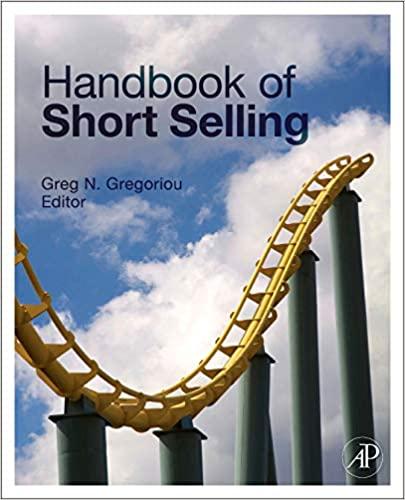
An automation-based company located in the center of the industrial area produces sensors for water quality monitoring. The company sells the units for $20/ unit, the current system has a fixed cost of $650,000 /year and variable costs of $16 /unit. The company is proposing a new system to improve the sensor feature that allows revenue to increase to $22 /unit. This new system proposal will have an impact on changing variable costs which will be based on a rate of $40 /hour rate with half hours dedicated to producing each unit, as well as increase the fixed cost to $600,000 /year. (a) Calculate and compare the annual break-even quantity for the current system and the proposed system. What can you conclude from your calculation results? (b) Plot a graph of the two profit relationships and estimate the break-even quantity between the current system and the proposed system. Give your opinion based on the calculation result. (c) If you were the policy maker at the company, what decision would you take? In choosing the decision, you have to consider the greatest benefit to the company, then give your reasons. (d) Calculate the sensitivity analysis of the proposed system including graphs of the spider plots. The sensitivity calculation of the proposed PW system is based on the best estimate (most likely) by considering the range of 30% change in all estimates in the following data, with the useful life of the system being five years. Proposed system capital investment =$2,500,0000 Increased income using the proposed system $22/ unit, assuming total production = 1.000.000 units/year Annual expenses $600,000 (as per data above) MARR 10% An automation-based company located in the center of the industrial area produces sensors for water quality monitoring. The company sells the units for $20/ unit, the current system has a fixed cost of $650,000 /year and variable costs of $16 /unit. The company is proposing a new system to improve the sensor feature that allows revenue to increase to $22 /unit. This new system proposal will have an impact on changing variable costs which will be based on a rate of $40 /hour rate with half hours dedicated to producing each unit, as well as increase the fixed cost to $600,000 /year. (a) Calculate and compare the annual break-even quantity for the current system and the proposed system. What can you conclude from your calculation results? (b) Plot a graph of the two profit relationships and estimate the break-even quantity between the current system and the proposed system. Give your opinion based on the calculation result. (c) If you were the policy maker at the company, what decision would you take? In choosing the decision, you have to consider the greatest benefit to the company, then give your reasons. (d) Calculate the sensitivity analysis of the proposed system including graphs of the spider plots. The sensitivity calculation of the proposed PW system is based on the best estimate (most likely) by considering the range of 30% change in all estimates in the following data, with the useful life of the system being five years. Proposed system capital investment =$2,500,0000 Increased income using the proposed system $22/ unit, assuming total production = 1.000.000 units/year Annual expenses $600,000 (as per data above) MARR 10%







